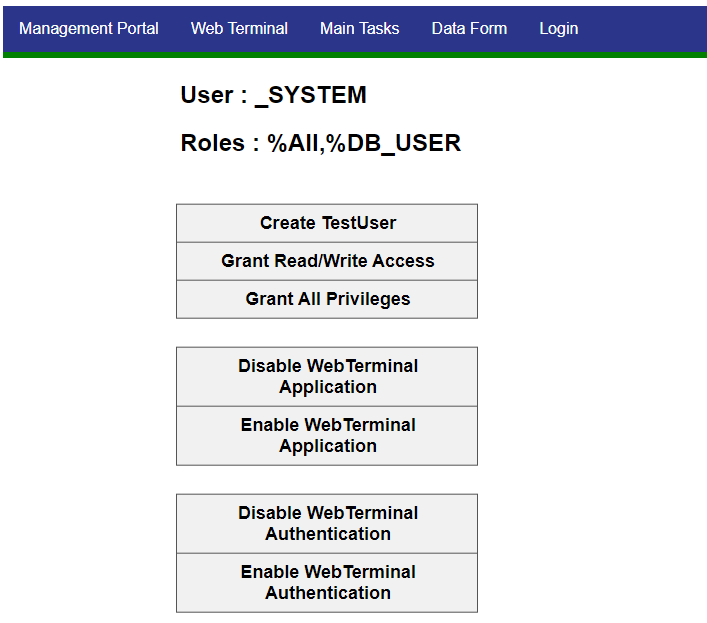Updated Jan 19th, 2023.
Hi all,
I want to share a quick little method you can use to enable ssl with a self signed certificate on your local development instance of IRIS/HealthShare. This enables you to test https-specific features such as OAuth without a huge lift.
1. Install OpenSSL
Windows : Download from https://www.openssl.org or other built OpenSSL Binary. Debian Linux: $ sudo apt-get -y install openssl RHEL : $ sudo yum install openssl

.png)


.png)
